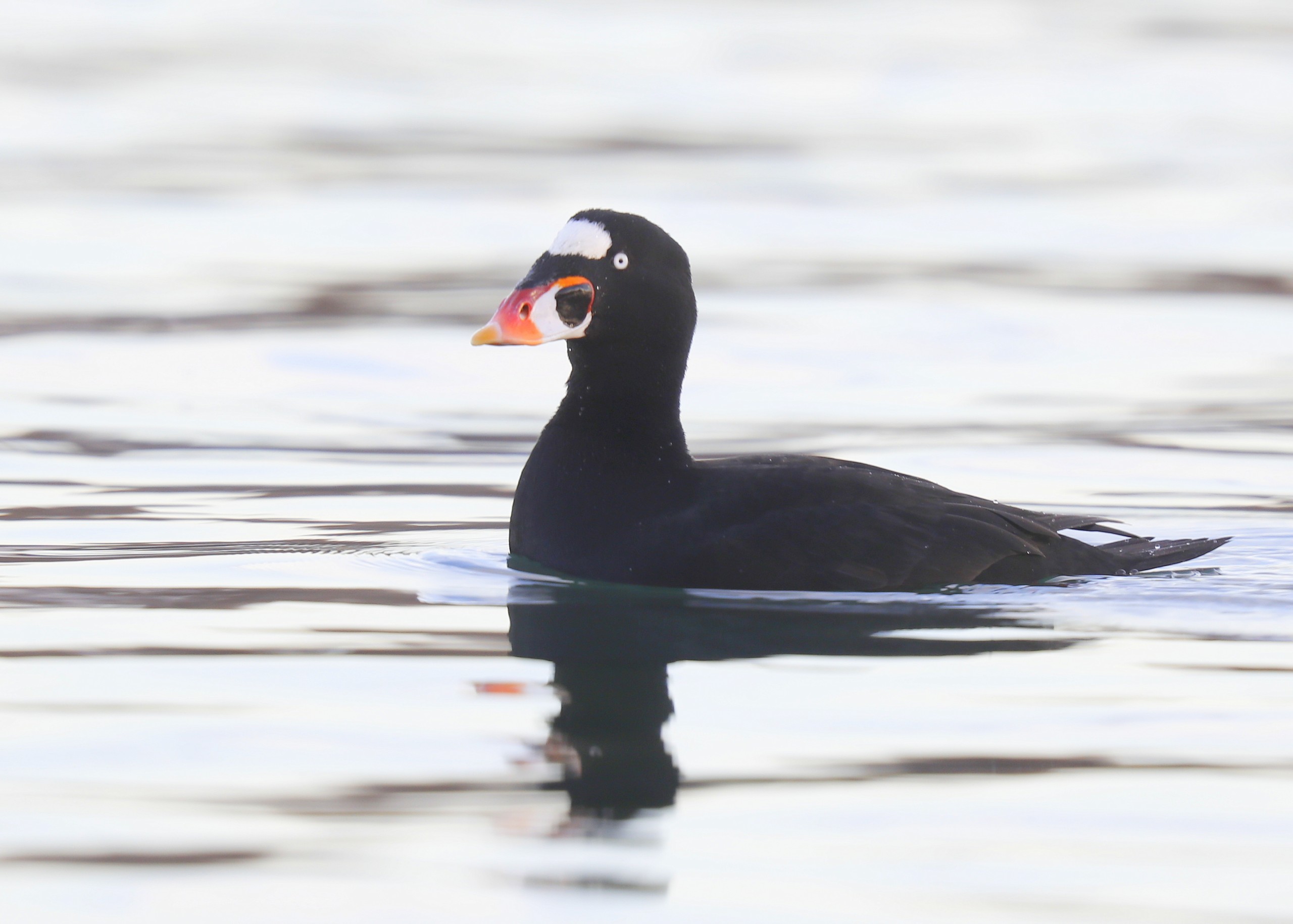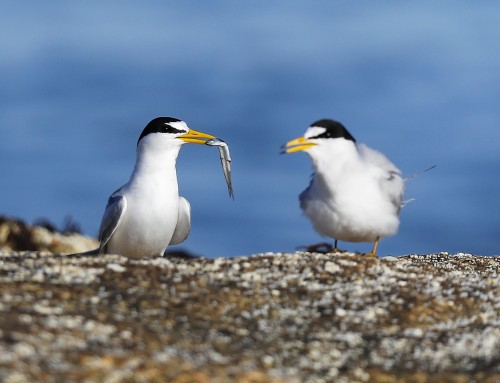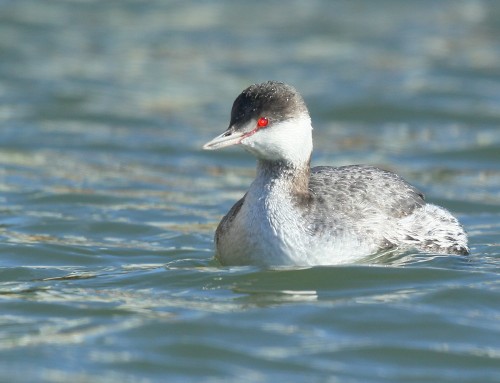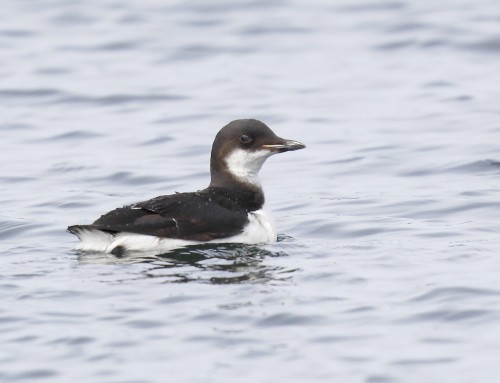Jan. 10, 2025: Surf Scoters are often seen just offshore during winter months in Falmouth. They forage at dawn and dusk, rest midday, and roost in sheltered waters at night, adapting behavior to tides, weather, and prey availability. This Surf Scoter was recently seen in Quissett Harbor.
Wintering Surf Scoters (Melanitta perspicillata) on Cape Cod display distinct daily behavior patterns shaped by their feeding, resting, and movement needs, as well as environmental conditions like tides and weather. Here’s an overview of their typical activities:
Morning: Foraging
– Primary Feeding Period: Surf Scoters are most active at dawn, using the early light and favorable tidal conditions to forage. They dive in nearshore waters, bays, and estuaries, feeding primarily on benthic invertebrates like clams, mussels, and other mollusks. Their powerful bills enable them to extract prey from shells effectively.
– Location: Feeding often occurs in shallow, sandy-bottomed areas where prey is abundant. Common feeding sites in Falmouth include sheltered harbors and tidal flats.
Midday: Resting and Loafing
– Reduced Activity: By mid-morning, Surf Scoters tend to reduce their foraging efforts and move to slightly deeper, calmer waters to rest. During this time, they may be seen in large, loose flocks, floating together or preening to maintain their waterproof plumage.
– Thermoregulation: Resting also conserves energy and allows them to stay warm during the cold winter months.
Afternoon: Socializing and Foraging
– Mixed Behavior: During the afternoon, Surf Scoters may alternate between socializing and additional feeding. They often engage in synchronized diving with other scoters or mix with other sea duck species like White-winged Scoters or Black Scoters.
– Group Dynamics: Flocks are highly dynamic, with individuals calling and exhibiting brief bursts of activity before settling again.
Evening: Foraging and Roosting
– Second Feeding Period: As evening approaches, Surf Scoters often engage in another active foraging session, particularly during low tide when intertidal zones are exposed.
– Roosting: After feeding, they move to protected roosting sites, such as quiet bays or coves, where they spend the night floating on the water. Roosting areas are typically chosen for safety from predators and exposure to wind.
Additional Notes
– Weather Influence: Storms and high winds can alter their behavior, driving them to more sheltered locations and reducing foraging activity.
– Tidal Influence: Tides significantly impact their foraging patterns, with more activity during low tide when prey is accessible.
– Seasonal Variation: As winter progresses and prey availability changes, Surf Scoters may adjust their behavior, sometimes shifting between favored foraging grounds.
These daily routines are essential for conserving energy and maintaining body condition during the harsh winter months in Falmouth.







Leave A Comment
You must be logged in to post a comment.